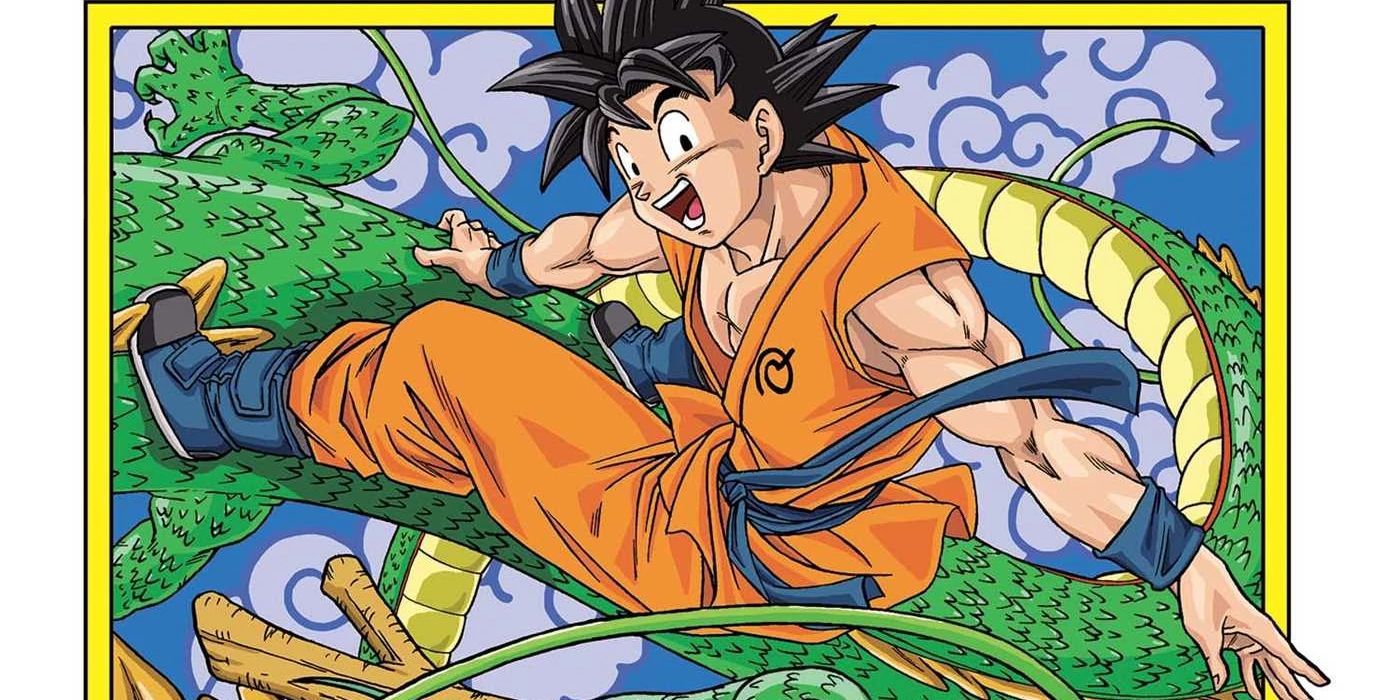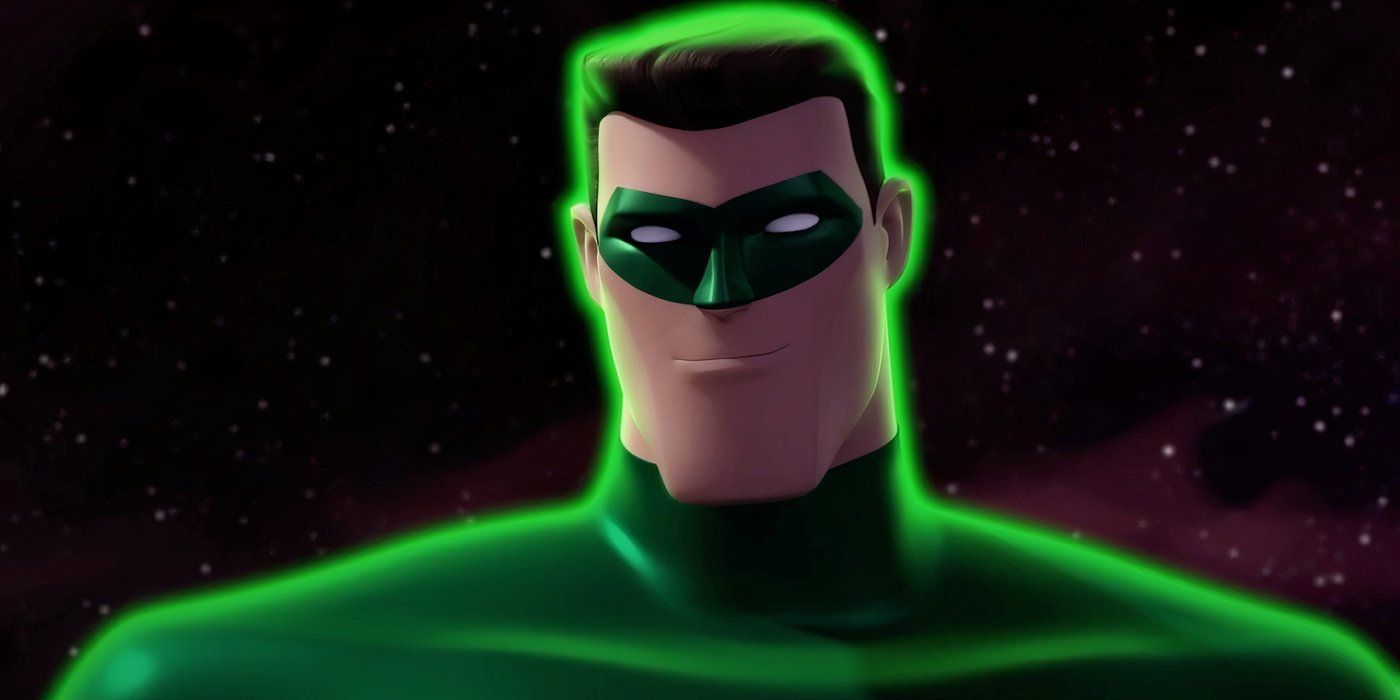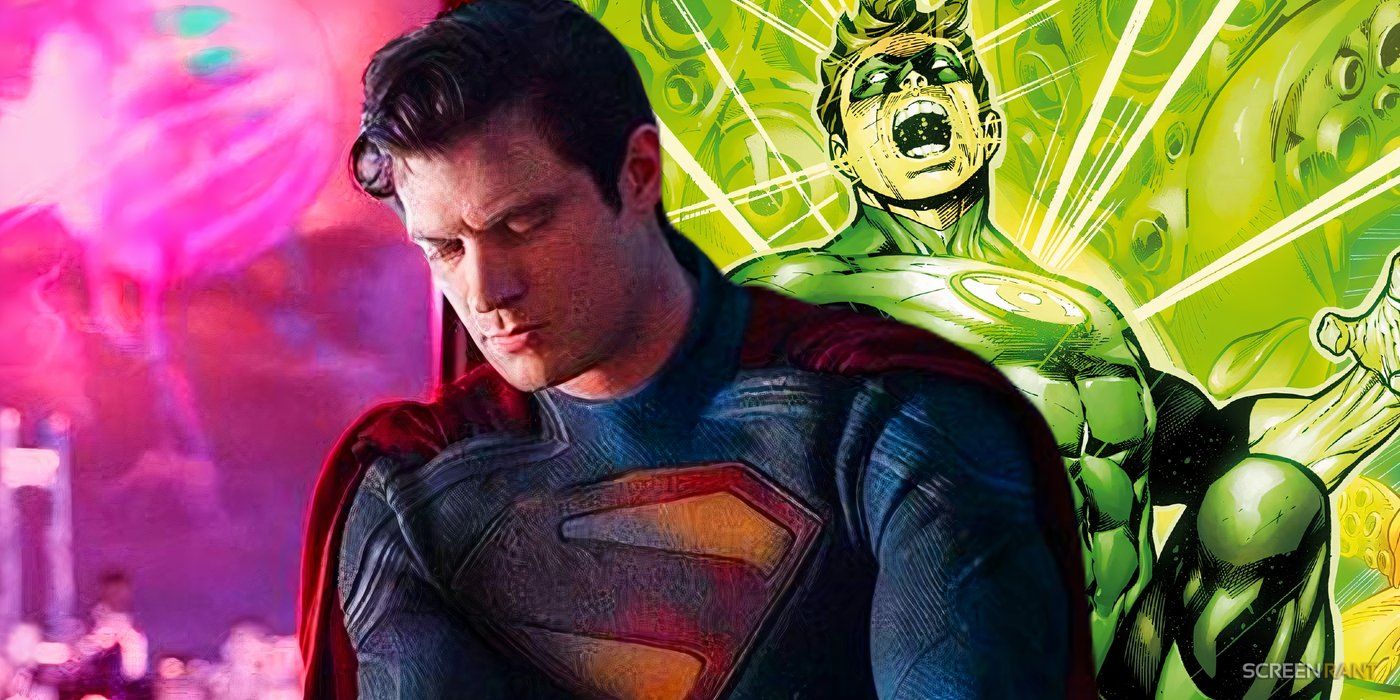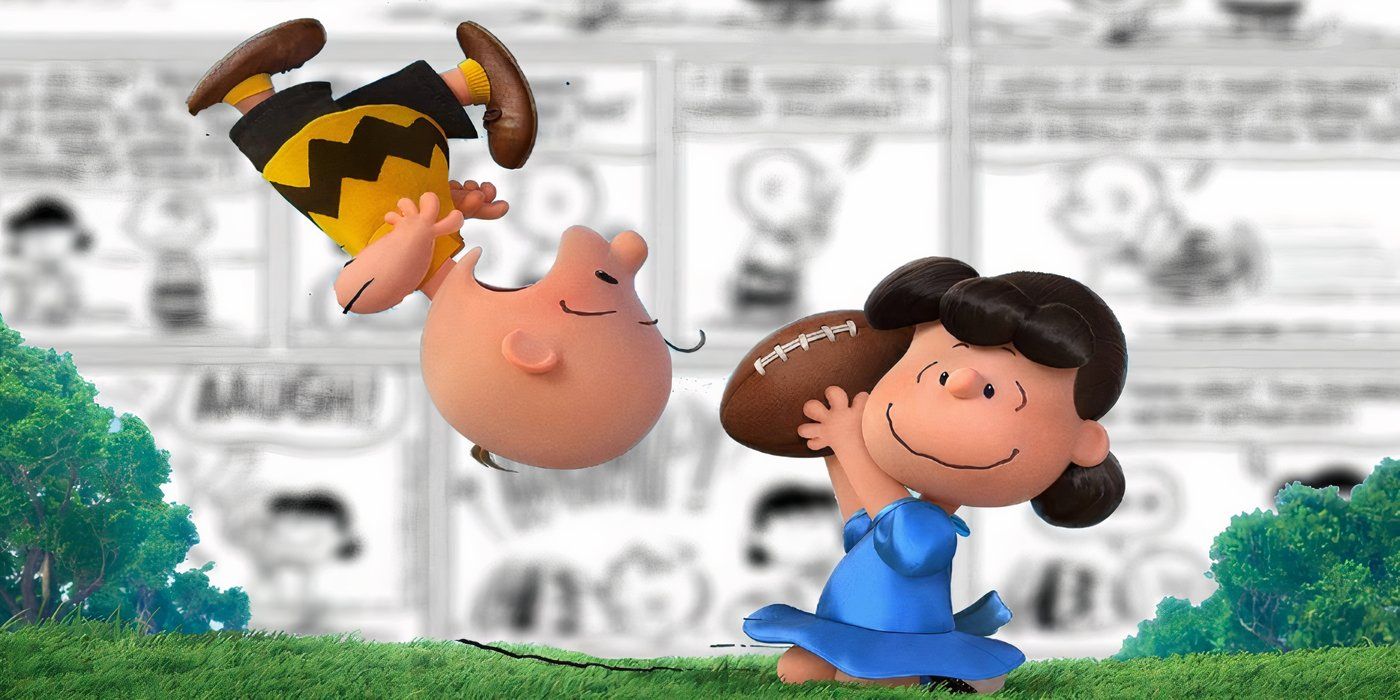Veteran animator and character designer Terumi Nishii spoke frankly about the future dangers the anime industry faces. In an interview, she revealed her thoughts about the state of animators working in the same field as her. Chief among her concerns were the long hours they work, and the potential quality plateau future anime faces even as the market grows.
Nishii has served as an animator, character designer, and animation director since 2000, working on everything from the Street Fighter Alpha OVA to Jujutsu Kaisen. This gives her an in-depth perspective on the explosive growth of anime in the last few decades.
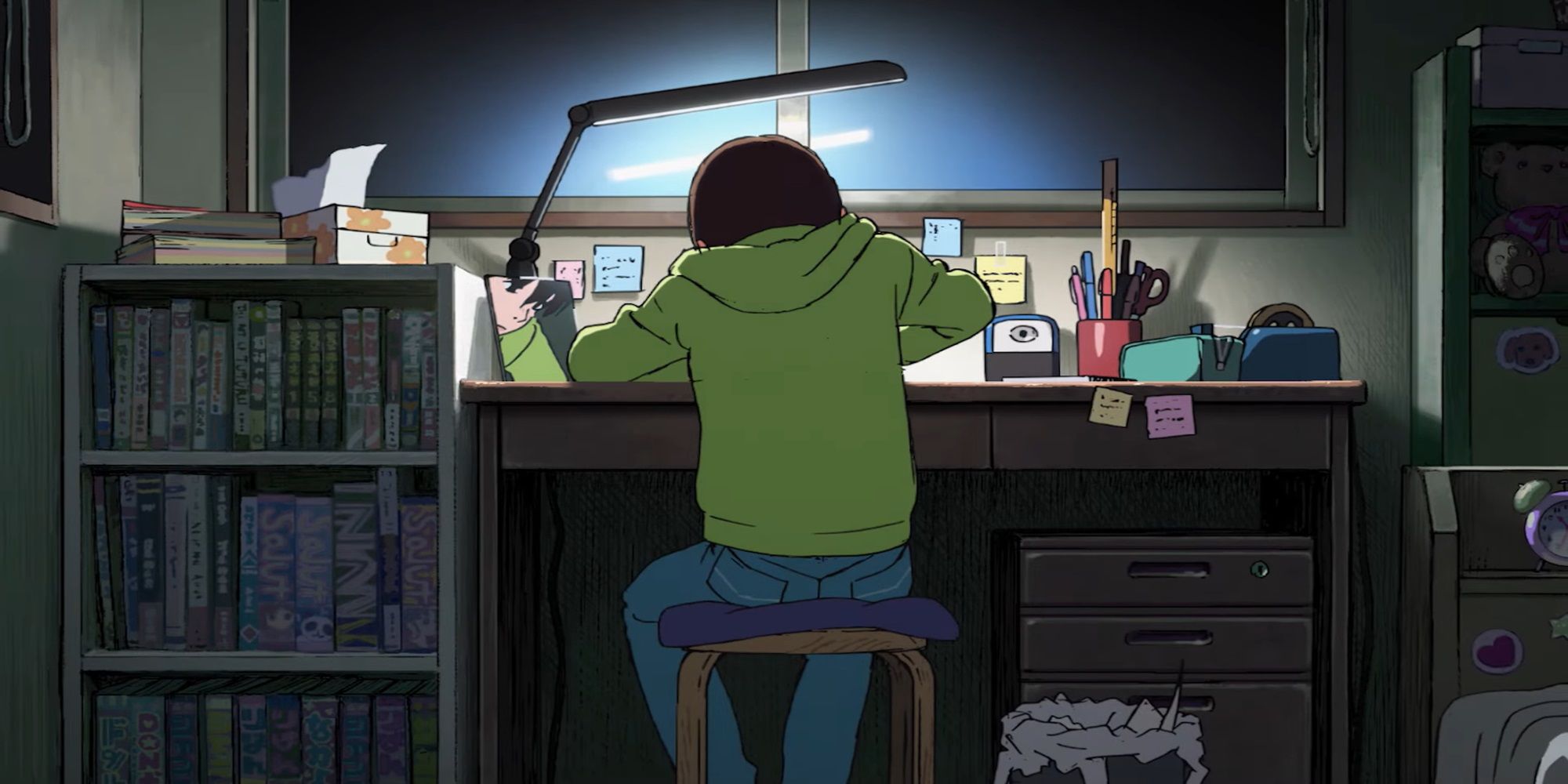
This is why her interview with Anime News Network holds a multitude of unique opinions that could be premonitions audiences should keep an eye out for
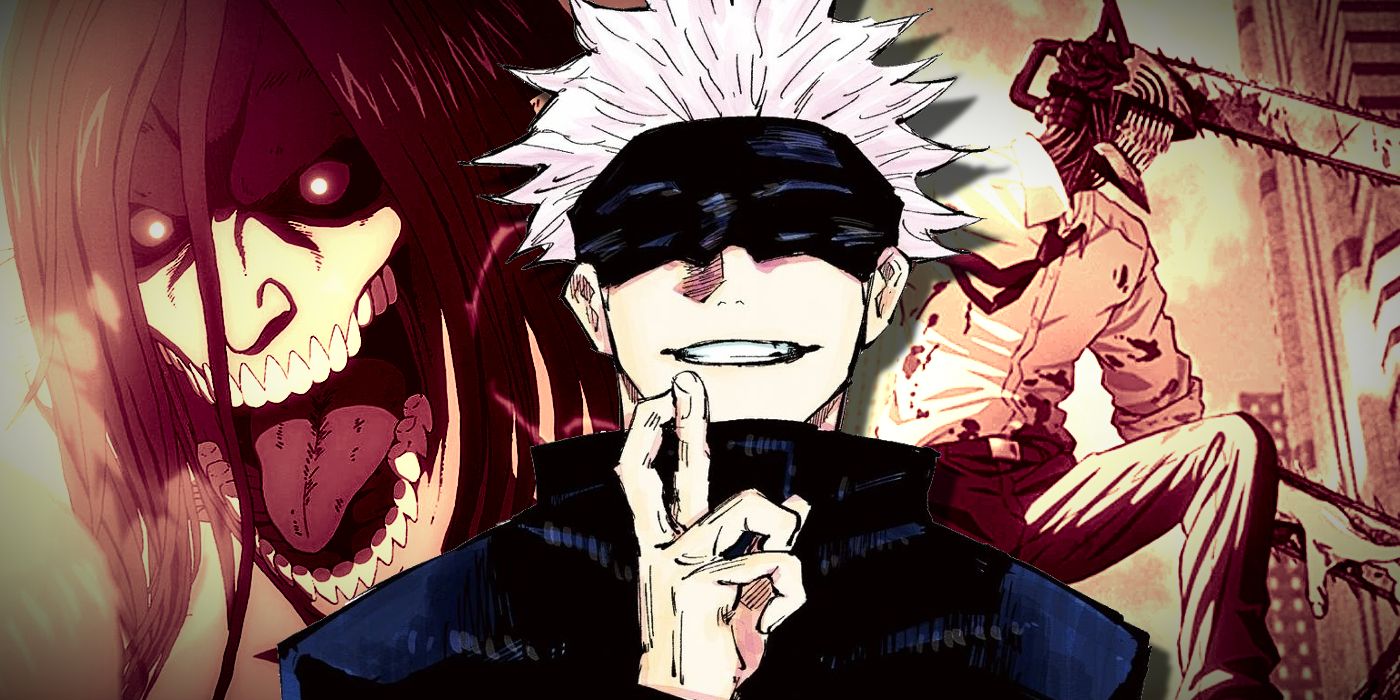
Studio MAPPA’s Long Story Of Controversies Overshadows Its Success
Studio MAPPA is regarded as one of the best anime studios around, but there are, unfortunately, a lot of controversies around their work environment.
Anime Veteran Warns About Dropping Quality From High Work And Low Standards
Terumi Nishii warns that higher budgets won’t improve future projects
In her interview, Nishii pointed to two overarching concerns the anime industry currently faces. One has been a consistent hot topic in recent times: overworked staff. While Nishii prefers to attribute it to inertia rather than malice – decades of animators used to constantly working overtime, and who thus expect the same from their juniors; she still finds the situation unpalatable, saying, “Japanese companies have existed in an environment where those who become full-time employees have been forced to work hard for the past 20 or 30 years – but it seems that instead of becoming full-time employees, it’s more like they are slaves.”
Overworked seniors go hand-in-hand with an understaffed industry that has turned to hiring more amateur artists, Nishii warned. While more hands make for more work, a lack of standards leads to compounding problems as experienced animators have to split their time fixing mistakes made by others. While the popularity of anime means budgets could rise, Nishii doesn’t see it improving anything, “The money received doesn’t necessarily reflect on the quality of the work. As I mentioned before, the number of amateur-level animators is increasing rapidly – and no matter how much money you give to amateur-level animators, they’re still amateur-level animators.”
“It seems like people within these companies are finally starting to realize this situation seems strange to the public and are now trying to figure out what to do.”
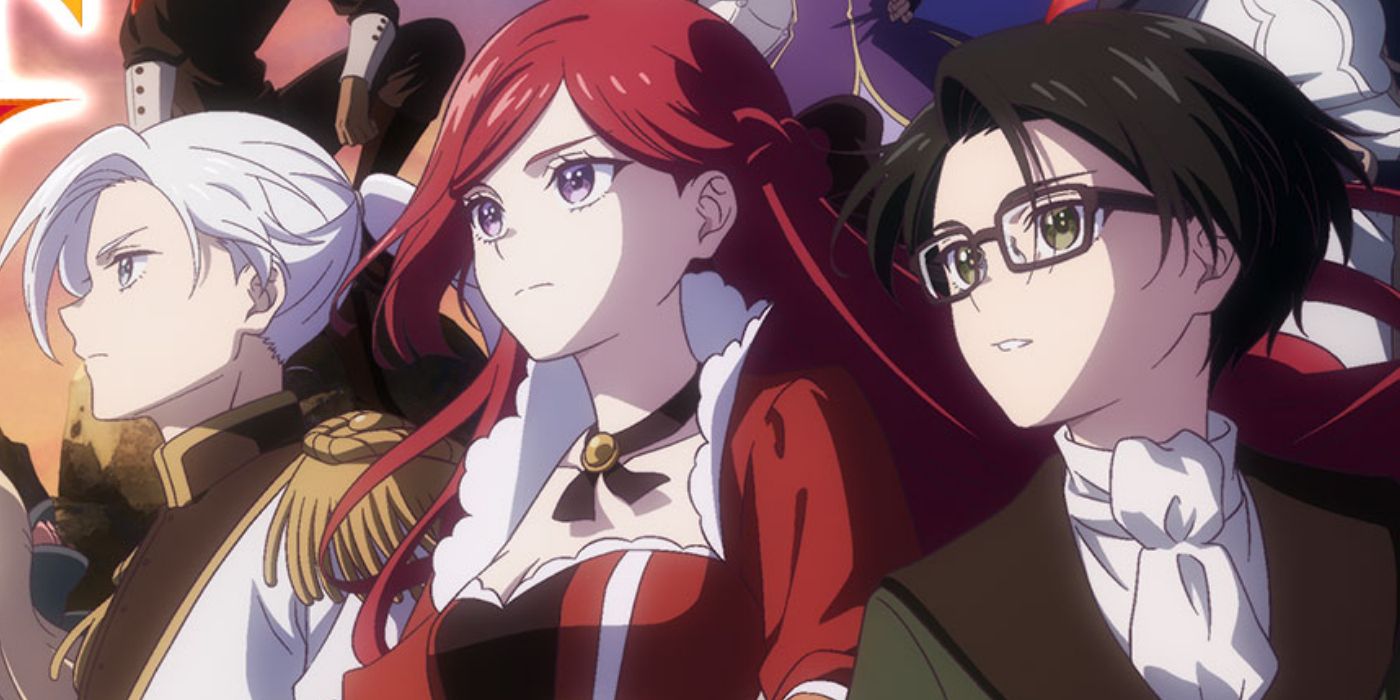
In light of this, Nishii has opted to collaborate with the Nippon Anime & Film Culture Association (NAFCA). Besides surveying the life situation of animators, the Association is devising an “Animator Skill Test” to ensure that new artists can meet a basic minimum standard before working. Nishii also notes that working habits are changing. “It seems like people within these companies are finally starting to realize this situation seems strange to the public and are now trying to figure out what to do,” she observed. The anime industry stands at a crossroads – to survive, its culture needs to be redefined.


